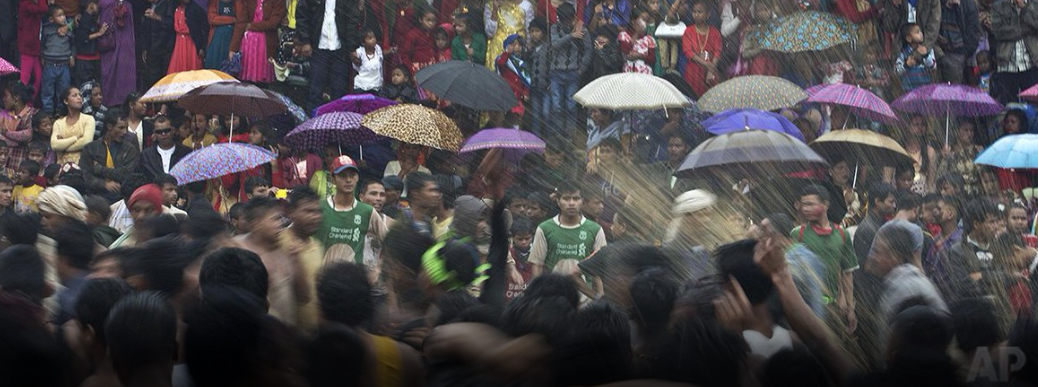Behdienkhlam Festival
24, Jul 2018

It is the most important festival of the Jaintias or Pnar tribal community in meghalaya and is celebrated mid-July every year after the sowing is over.
“Khlam” means plague or pestilence’and “beh dien” means to drive away with sticks.
Is the ritualistic expression of the relentless struggle of mankind to overcome the destructive forces of nature, including diseases, since the dawn of civilization. This festival is also an invocation to God seeking blessings for a good harvest.
This festival is celebrated around the same time “Rath Yatra” is celebrated in other parts of eastern India. Behdienkhlam Festival is the most celebrated religious festival among the Pnars. It is popular at Jowai the District headquarters of Jaintia Hills District, Meghalaya.
The central government is funding this festival to promote tourism, said organizing President.
BRU Tribes:
An agreement has been signed by Government of India, Governments of Mizoram and Tripura and Mizoram Bru(Reangs) Displaced People’s Forum (MBDPF). To repatritate BRU people who is in temporary camps in Tripura to their native lands in Mizoram.
Background:
The Young Mizo Association and Mizo Zirlai Pawl, or the Mizo Students’ Association, organisations wanted more political autonomy for Mizoram’s Brus, and demanded a Bru Autonomous District Council. In 1997, militants of the Bru National Liberation Front allegedly shot down a Mizo forest guard at the Dampa Tiger Reserve located in Mamit district. The incident evoked a hostile reaction, and the Brus were at the receiving end of a violent backlash by the Mizos, forcing the Brus to flee the state in large numbers to neighbouring Tripura.
BRU Community:
- The Brus, also referred to as the Reangs, are spread across the northeastern states of Tripura, Assam, Manipur, and Mizoram.
- Agriculture is main occupation, they practice jhum cultivation.
- Mostly follow Hinduism.
- They speak the Reang dialect of kokborak language which is of Tibeto-Burmese origin and is locally referred to as Kau Bru.






